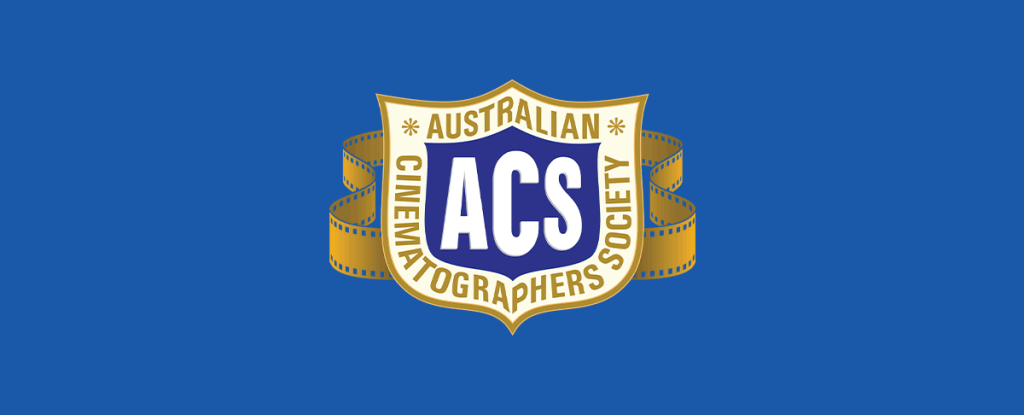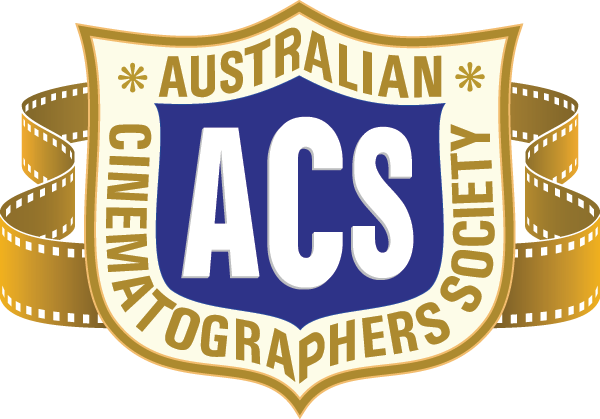Humphreys on The Hunt(er)

Article by Mitch Kennedy – Qld branch ACS
The Viewfinder sat down with Bob Humphreys ACS, to find out about his latest film The Hunter, starring Willem Dafoe.
VF: Tell us a little about the story of The Hunter, and why it interested you to sign on as DP?
BH: The Hunter is the story of a professional killer who is hired to hunt down and kill the last known Tasmanian tiger. He is employed by a shadowy European Bio-tech company intent on harvesting the tiger’s DNA for commercial profit. The Hunter is very much a thriller set in the spectacular wilderness areas of the Tasmanian high country. I was attracted to the film for my usual reasons – director & script. I’ve worked with Daniel Nettheim before and admire his approach a lot. He is a very considered and intelligent director, well prepared and with a keen eye for story telling. He trusts his instincts and works closely with his key visual collaborators – designer and DP. The script had great potential for expansive and cinematic visuals, a real blend of epic landscape and intimate personal story telling. I was also attracted by the challenge of working within our limitations. A small lean crew, working fast with the available light. This approach had a real appeal to me. I love the challenge of capturing the last moments of light each day.
VF: The Hunter was shot in Tasmania, did the conditions there affect the way that you & the crew would usually work?
BH: I have shot in Tasmania before and was well aware of the problems that would confront us. A few years ago I shot a documentary called Wildness which tells the story of two famous Tasmanian photographers – Olagas Truchanas and Peter Dombrovskis. They photographed the Tasmanian wilderness for decades. I studied their work and had already been to many of the remote wilderness locations we were to use in The Hunter. The weather can change very rapidly in Tasmania. Even accessible locations like Mount Wellington near Hobart can change from clear sunny conditions to overcast and rain and even snow very rapidly. In fact you can rarely count on consistent weather conditions anywhere in Tasmania – a real challenge for the DP. We intended to utilise the prevailing weather conditions and natural light and were hoping for as many overcast and wet days as possible. As it turns out we were pretty lucky with the weather, even having real snow on Mount Wellington and lots of wet weather up in Derwent Bridge and The Western Tiers.
We settled on an approach to filming that utilised the prevailing weather conditions as much as possible. I don’t think we ever had a call time before 10am but always shot till the last drop of light in the day. The scheduling was a precise science having us wrap the moment our Cooke S5i T1.4 lens couldn’t capture an image anymore. This approached needed the enthusiastic collaboration of director, 1st AD and most importantly of all – the cast. I will always be grateful to Willem Dafoe for his unwavering support and professionalism which allowed us to capture whole scenes in the last minutes of available light each day. Willem must be the most experienced ‘stand in’ in cinema history. He virtually never left the set and would always stand in for himself when we were lighting and blocking scenes. He really understood the need to move quickly.
VF: What approach did you take to lighting The Hunter and what equipment did you find most useful for this shoot?
BH: My preference is always to use the existing natural light and choose locations that provide beautiful natural light. It then becomes a trading war with the 1st AD to schedule the scenes at the right time of day to best use that natural light. John Martin did a wonderful job scheduling The Hunter.
We had a very lean and hungry crew on the movie. This was not only for budgetary restraints but also very practical. Many of our locations were quite remote and so large amounts of our shooting days would be taken up travelling to location. The intention was always to move quickly and use the available light were ever possible. My work horse lamps on the film were Lite – panels. Fabulous battery powered LED panels that had built in dimmers and colour temperature controls. Gaffer Zac Murphy and his best boy Damien stalked the Tasmanian wilderness carrying these panels on boom polls and battery packs on their backs. We used them mainly for eye lights and fill light in the dense rain-forests when the light was all but gone. The dimable features were superb.
The other indispensable piece of equipment on this film was a set of Cooke S5 T1.4 lens. Dusk in the rainforest can be a pretty dim place to be and we needed to soak up every last bit of light possible. The S5’s have a gorgeous luminous feel that I loved. Especially when coupled with 500asa Vision 3 kodak stock and it’s extraordinary latitude and colour rendition. Quite often the camera could see more than the crew could see.
Gripping was a little more involved at times but still kept very simple and mainly consisted of a light weight dolly and crane arm. Brendan Shanley has years of experience and numerous films and TVC’s under his belt. His local knowledge was also a real asset. The film is a mixture of classic composed wide screen photography followed by a slow shift into slightly more edgy and raw hand held photography. We used two Arriflex LT cameras and also carried a longer 24-290 Angenieux Optimo zoom.which rarely got used.
Our intention on The Hunter was to always retain a little ambience in the sky, even at ‘night’. Night interiors always maintained a little blue skylight ambience outside the windows. We wanted to see and feel the wilderness at all times. We heavily ND’d windows and reduced the ambience inside the house dramatically. Then lit the interior with low level practicals including candles and lanterns. A strong visual narrative in the film is the introduction of electricity to the house mid way through the film. Candles and lanterns are replaced by electrical lights – the house comes alive. One of the biggest set piece shots of the film is an extended steadicam shot through the length of the house and outside into the back yard that high lights this transformation from candles to electric light. A beautiful moment.
VF: How did you find working with Willem Dafoe?
BH: Willem was phenomenal. He was virtually in every scene in the movie – on set every day all day. He never left the set once. His attention to detail was inspirational. He wanted and needed to approve every prop he used and every costume he wore. To him props and costumes are an extension of the character he is creating and fundamental to that character.
He insisted every action he did on film was accurate and every detail was correct. We had hunting and trapping experts on set to advise him on every minute detail. I was immensely impressed. Not surprisingly that grasp of detail extended to the coverage of scenes, framing and lens choice. He always wanted to know were he was in frame and what the lens could see. Most of the time I didn’t have to tell him because he always knew. I loved that dedication to detail.
We really needed someone of Willem’s experience and generosity to make the most of the last light of everyday. He knew we had to work very fast with the minimum of equipment and crew to shoot as much as possible in the shortest time possible. I was very happy with the end result and for that I salute you Willem Dafoe. For the same reasons he also insisted on being his own double. He insisted no one stand in for him on extreme close-up insert shots. Even massive wide vistas and helicopter shots featured the real life Dafoe. His distinctive body language and movement dictated his presence.
The Hunter was a great experience which equally starred Willem Dafoe and the Tasmanian high country.

